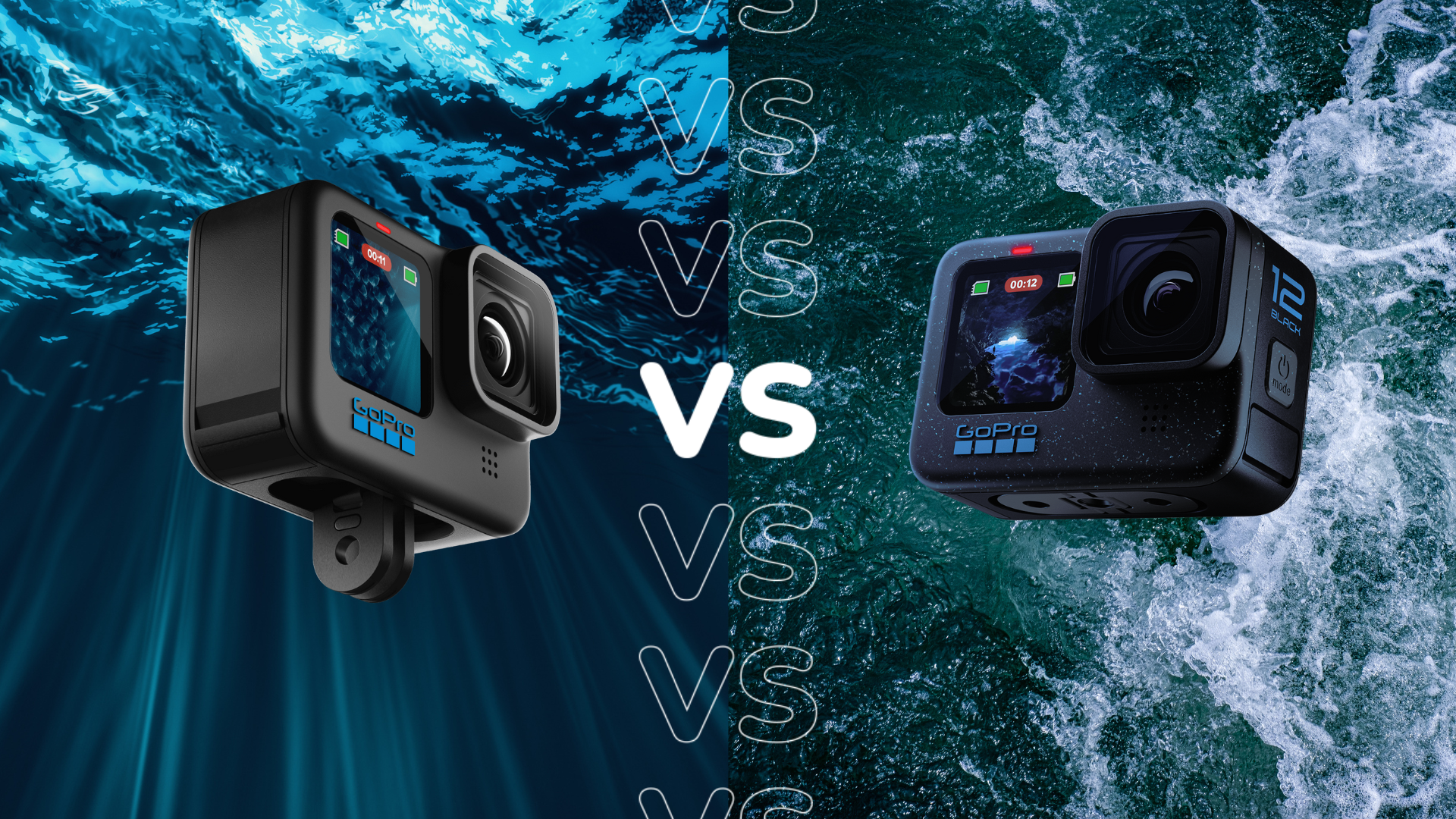Snapdragon X Elite vs Apple M2: A new challenger approaches

Qualcomm has shocked the world by launching a new laptop processor that can supposedly rival chips made by Intel, AMD and Apple.
The new chip in question is called the Snapdragon X Elite, and is seemingly packing a lot more impressive specs than previous laptop-focused processors from Qualcomm.
But how does the Snapdragon X Elite stack up against the Apple M2? We’re yet to test the former, but we’ve dug into the specs to find out the key differences.
Snapdragon X Elite is built on 4nm process
The process node of a processor is usually a good indicator of performance. Generally the biggest difference between generations of processors is the size of the process, with smaller dimensions allowing for a greater number of transistors and therefore a faster performance.
The Snapdragon X Elite is built upon a 4nm process, showing this to be a cutting-edge chip. Meanwhile, the Apple M2 is based on a 5nm process instead. Apple is expected to jump forward with a 3nm process once the Apple M3 series is released, but we may be waiting until 2024 for that release.
It’s important to note that the size of the process node isn’t always indicative of performance, with Intel repeatedly being able to gazump AMD’s Ryzen processors for single-core speeds, despite falling behind when it comes down to downsizing the process node. Nevertheless, it’s an early sign to suggest the Snapdragon X Elite could in fact provide a competitive performance.
Snapdragon X Elite has 12 high-performance cores
Qualcomm has managed to slap a total of 12 cores onto the Snapdragon X Elite processor, which is a very impressive feat when you consider that Apple M2 is limited to just 8 cores.
What’s more, every single core on the Snapdragon X Elite has a peak frequency speed of 3.8 GHz. That’s really speedy, with Apple’s performance cores only capable of a peak 3.5 GHz.
It’s also important to remember that Apple doesn’t solely use performance cores in its M2 chip, with 4 efficiency cores making up half of the count with a lower peak frequency of 2.4 GHz. This could indicate that Apple has put a greater emphasis on battery life, while Qualcomm looks to maximise performance power instead. It will be interesting to see how this is reflected by real-time laptop performance.

Snapdragon X Elite configurable with up to 64GB of RAM
Qualcomm has confirmed that the Snapdragon X Elite can be configured with up to 64GB of RAM. It’s unlikely that many laptop manufacturers will hit this peak memory offering, most likely sticking to the 8GB and 16GB zone instead, but it’s great to see so much headroom afforded to the laptop chip.
The Apple M2 can only be configured with up to 24GB RAM, and that figure is only achievable on select devices such as the 15-inch MacBook Air. You probably don’t need higher capacity memory on the MacBook Air or iMac, but it’s still an advantage in Qualcomm’s favour if you’re the type who likes to max out the specs.
Snapdragon X Elite supports Wi-Fi 7
Qualcomm has made sure that the Snapdragon X Elite supports the latest wireless standard in the form of Wi-Fi 7. This latest wireless standard not only delivers a peak rate of over 40 Gbps which is 4x performance increase over Wi-Fi 6, but also offers features such as Multi-Link Operation which allows you to use multiple bands to connect to a single device for enhanced performance with reduced latency.
You will need a Wi-Fi 7 supported router in order to benefit from these features, but it’s still great to know that laptops powered by the Snapdragon X Elite will be future-proofed for the foreseeable future when it comes to wireless internet connectivity.
The Apple M2 is slightly behind the times in this regard, limited to Wi-Fi 6 instead Apple is expected to finally adopt Wi-Fi 7 once the M3 chips arrive. For the time being though, that won’t help anyone thinking of buying an M2 MacBook.








